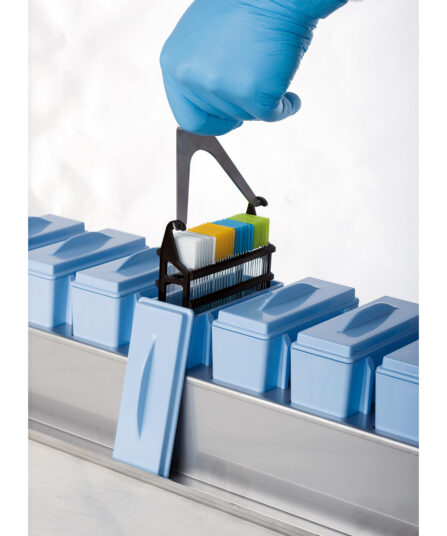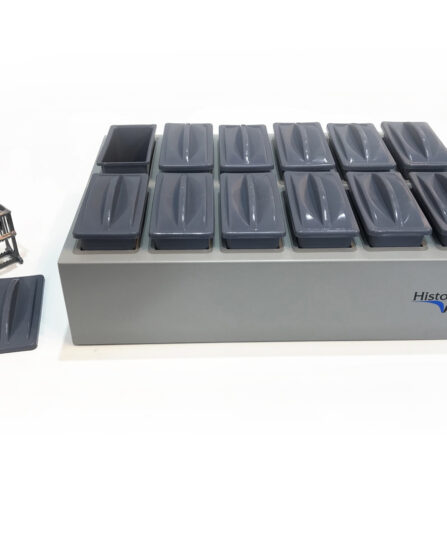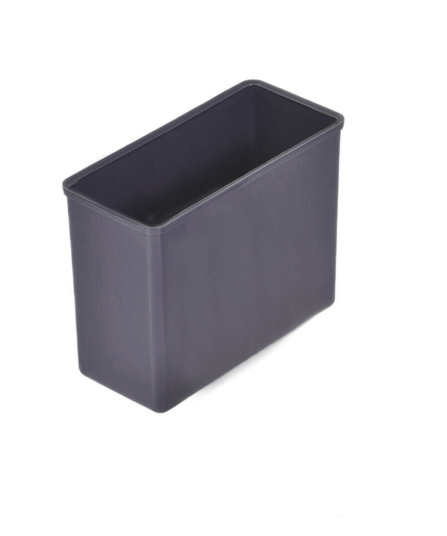Despite the wide availability of automated staining systems, the traditional process of manual staining continues to plays an important role within histology.
Staining is the final step in tissue processing before the specimen goes under the microscope. Staining protocols are used to highlight key features within a sample. The widely used ‘routine stain’ H&E is used to distinguish between nuclei, cytoplasm and other extracellular components. For more in-depth information ‘special stains’ are used. Manual staining techniques offer unique benefits in the facilitation of these complex staining protocols.
Stick to What You Know
Manually staining slides allows histotechnologists to gain a full understanding of the principles and processes of different staining protocols. Technicians can use this knowledge to their advantage by controlling steps; experimenting with slight adjustments in timing, reagent application and staining intensity to achieve the desired outcome. It also enables the use of non-routine or specialised stains that may not be supported by automated systems.
Delicate or rare samples are in safe hands during manual staining, with each step prioritising the safety of the specimen. Often small batches or single slides, these delicate samples can be processed efficiently in smaller labs without the need to invest in an automated system.
Manual staining will always have a place in the lab and remains a useful backup resource should an automated alternative require maintenance.
Weigh Up the Options
As with all processes in the lab there are always going to be some limitations that need to be considered. Manual staining can be time consuming and often presents intense working conditions for skilled technicians, including the risk of exposure to hazardous chemicals. In addition, inconsistencies can be the result of human error or subjective interpretation, especially in larger batches. The slower speed of manual staining can prove inefficient in high-volume labs where an automated option may be more suitable.
Tips for Effective Manual Staining
Standardise Protocols – Reduce variability by documenting and following precise steps
Training – Ensure all technicians are well-trained in the specific staining techniques used
Asses the Quality – Regularly check the quality of stained slides to maintain consistency
Incubation Periods – Use timers to ensure consistency in reagent application and incubation
Neat and Tidy – Avoid any cross-contamination by keeping the workspace clean and organised
Manual staining remains a valuable resource in histology, offering the flexibility for specialised applications and research in low-volume settings. However, it may not be the most efficient or consistent method for high-throughput diagnostic labs. By combining manual staining with automated alternatives, labs can optimise their workflow while maintaining quality and adaptability.
We offer a range of manual and automated stainers to suit your lab requirements and our supply of staining equipment and reagents completes your setup. To find out more, please get in touch with our team.
WANT TO FIND OUT MORE ABOUT OUR MANUAL STAINING SYSTEMS ?





